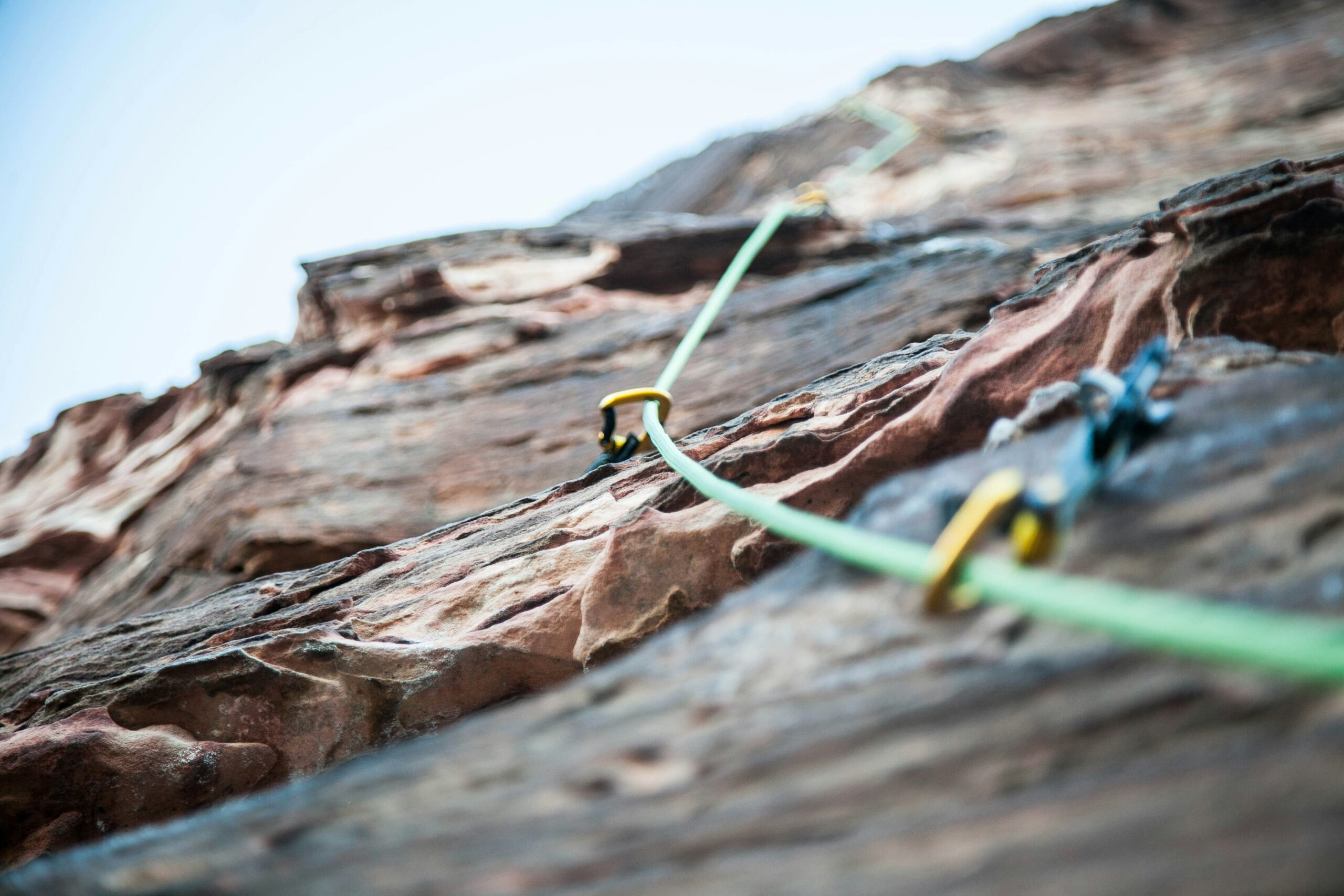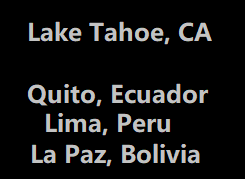Fixed Ropes for Big Mountains

Fixed ropes play a crucial role in enhancing safety during mountaineering expeditions, particularly on challenging climbs like Cotopaxi and Chimborazo in Ecuador. These iconic volcanoes offer unique climbing experiences that benefit significantly from the use of fixed ropes.
Fixed ropes serve as lifelines for climbers, offering protection and ease of movement in treacherous terrain. They significantly reduce the risk of fatal falls, especially in areas with steep inclines or exposed ridges. On Cotopaxi and Chimborazo, fixed ropes are particularly valuable due to the high altitudes and potential for rapidly changing weather conditions.
Standing at 5,897 meters, Cotopaxi’s climb typically starts from the Jose Rivas refuge. Fixed ropes are often used on steeper sections of the climb, especially on the Yanasacha and Heartbreaker routes. They provide
crucial support during the 6-7 hour ascent, particularly when fatigue sets in due to the high altitude.
At 6,263 meters, Chimborazo presents a more challenging climb. Fixed ropes are essential on routes like the North Side via El Castillo and the more technical Direct Route via the North Face. They help climbers
navigate the steep snowfields and icy sections, especially during the pre-dawn summit push when visibility is limited.
Fixed ropes improve efficiency on both mountains, enabling faster ascents and descents. This is crucial for managing time in the unpredictable high-altitude environments of Cotopaxi and Chimborazo. They also make these challenging climbs more accessible to a broader range of mountaineers, allowing those with less technical experience to attempt the summits under proper guidance.
While fixed ropes enhance safety, proper usage is critical. Climbers on Cotopaxi and Chimborazo should be trained in fixed rope techniques, including the use of ascenders and descenders. Misuse can lead to dangerous situations, especially at high altitudes where judgment may be impaired.
Fixed ropes are an essential safety tool for climbing Cotopaxi and Chimborazo. They allow climbers to tackle these challenging Ecuadorian peaks with greater security and efficiency. When used correctly, fixed ropes significantly reduce risks and make high-altitude climbing more accessible, contributing to the popularity of these iconic Andean climbs.


